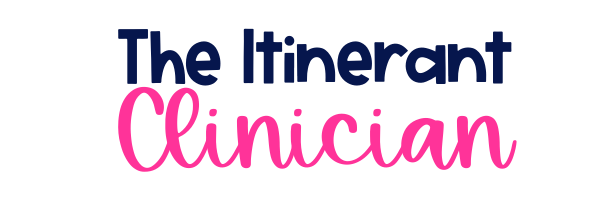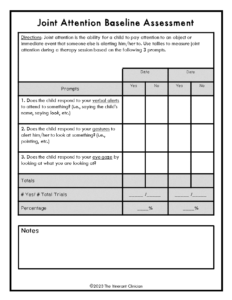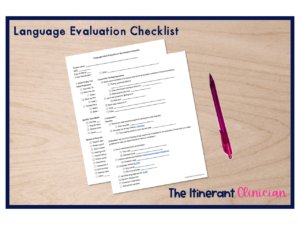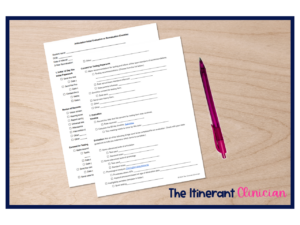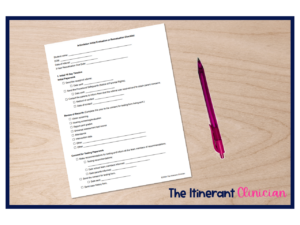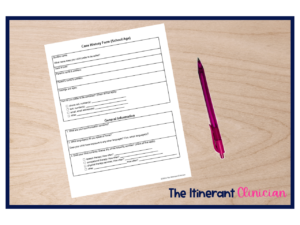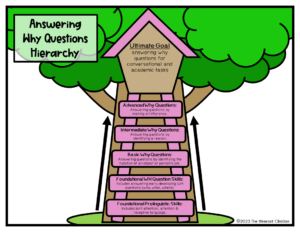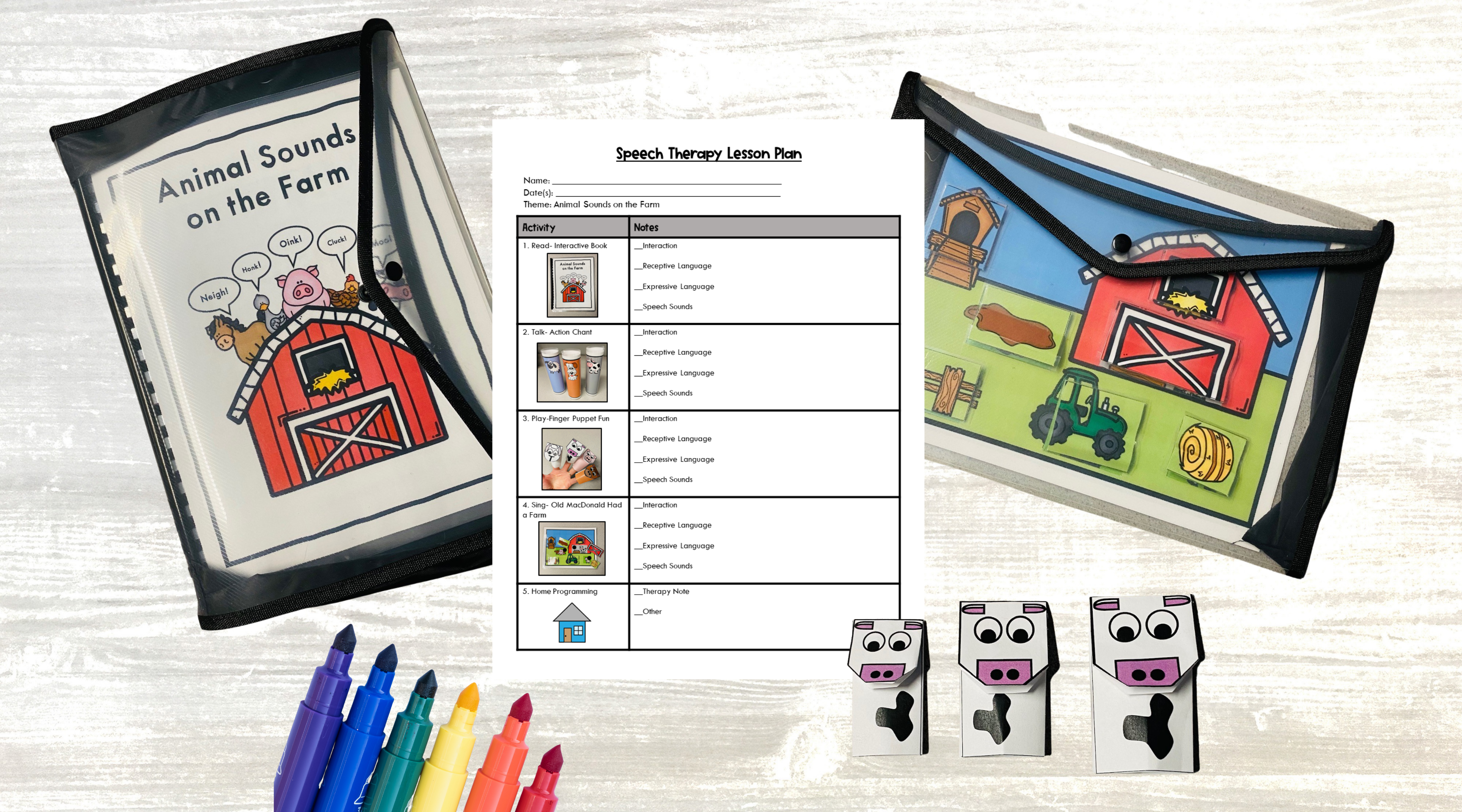Sharing is caring!
Enhancing communication skills through joint attention in speech therapy is often the primary goal for young students. For individuals with speech and language impairments, developing the ability to engage in joint attention plays a crucial role in improving language and communication skills.
What is joint attention?
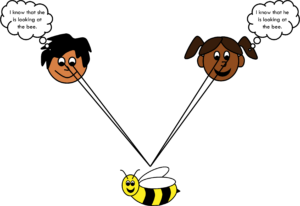
Joint attention refers to the shared focus of attention between two or more individuals on an object, event, or topic.
Joint attention is considered a prelinguistic communication skill and is strongly tied to language learning. It is important to note that joint attention is an active process. Both people have to be aware they are focusing on the same thing.
Attention span and joint attention are not the same skills. However, these two prelinguistic skills seem to be correlated. If a child has a poor attention span, most likely they have poor joint attention skills, as well.
What is a joint attention example?
Joint attention example 1: Johnny is looking for his sippy cup with his mom. She finds it first and points to his cup that is on the kitchen table. She says, “Look, there’s your cup.” Then, Johnny turns his head and looks at the cup.
Joint attention example 2: Johnny looks through the living room window and sees a bunny on the lawn. He then looks back to his mother, who is also in the living room. This signals that he wants her to look at the bunny. She turns her gaze to the window and sees the bunny also. Then, Johnny’s mom says, “I see the bunny!”
Why is joint attention important?
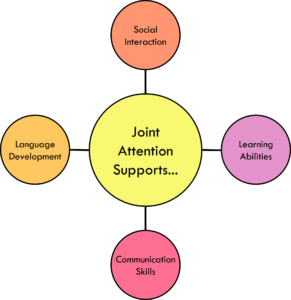
1. Language Development: Joint attention acts as a catalyst for language acquisition. When individuals engage in shared attention, they are more likely to engage in meaningful conversations, imitate sounds and words, and expand their vocabulary.
2. Social Interaction: Joint attention helps individuals establish and maintain social connections. By learning to share attention, they become more skilled in reading social cues, interpreting nonverbal communication, and developing empathy.
3. Improved Communication Skills: Through joint attention, individuals learn the art of turn-taking, listening, and responding appropriately. These skills lay the foundation for effective communication, enabling them to express their thoughts, needs, and emotions more effectively.
4. Enhanced Learning Abilities: Joint attention fosters active engagement and participation. By focusing on shared experiences, individuals develop better cognitive and problem-solving skills, improving overall learning abilities.
How do I measure joint attention skills for the purpose of developing goals?
Are you unsure of your students’ joint attention skills? Use this prelinguistic baseline assessment to collect data and write IEP goals.
What is a joint attention speech therapy goal?
Receptive Language Prelinguistic Goal: The student will demonstrate joint attention in 8/10 trials when the adult points to/shows an object or talks about an immediate event (something that is happening in the child’s present environment).
Special Note: Please take into account your student’s developmental profile before jumping into writing and working on joint attention goals. There is a growing body of information regarding neurodiversity related to speech therapy and the ethical issues that arise with treatment for individuals with Autism. Please refer to The Informed SLP review Joint attention, Autism, and SLPs.
How do I incorporate joint attention activities in speech therapy?
1. Visual Supports: Visual aids, such as pictures, objects, or gestures, can be employed to capture and maintain the individual’s attention. These visual supports help establish a shared focus and encourage the use of eye contact, which is essential for joint attention.
2. Turn-Taking Activities: Engaging in turn-taking games or activities encourages individuals to attend to their communication partner, waiting for their turn and responding appropriately. This back-and-forth interaction promotes joint attention, as both parties are actively involved in the conversation.
3. Joint Book Reading: Reading books together provides an excellent opportunity for joint attention. The therapist can point to pictures, ask questions, and encourage the individual to comment, fostering shared attention and promoting language development.
4. Joint Play: Incorporating play activities that require cooperation and interaction can strengthen joint attention skills. Therapists can use toys, puzzles, or games that demand joint focus, encouraging individuals to attend to their communication partner’s actions and intentions. For a fun farm-themed activity that helps facilitate joint attention read this blog post.
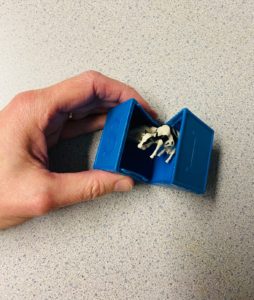
Incorporating joint attention strategies into speech therapy sessions offers tremendous benefits for individuals with speech and language disorders. By actively engaging in joint attention, they develop crucial skills for effective communication, social interaction, and cognitive growth. Speech therapists play a pivotal role in facilitating joint attention and empowering individuals to overcome communication barriers. As joint attention becomes a cornerstone of speech therapy, it opens up a world of possibilities, enabling individuals to connect, communicate, and thrive in their personal and social lives.
More Resources on Joint Attention:
